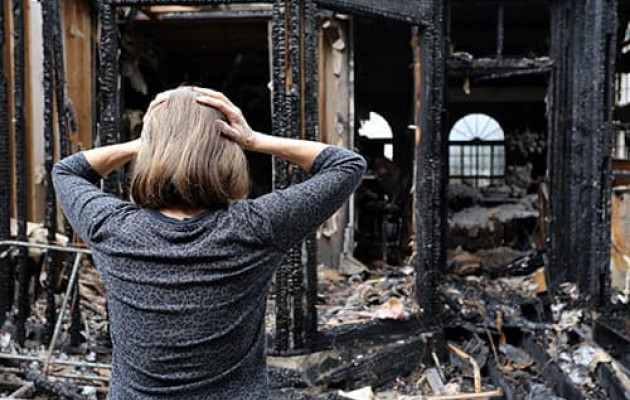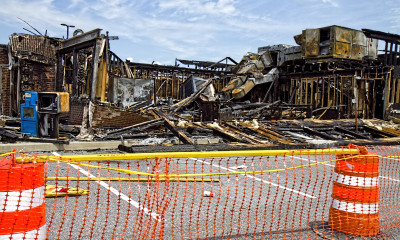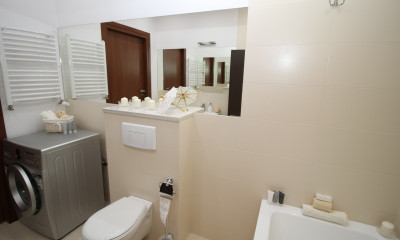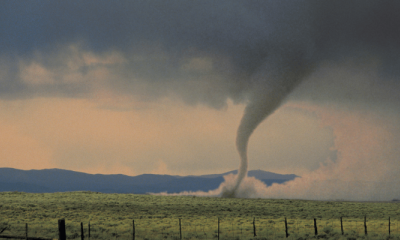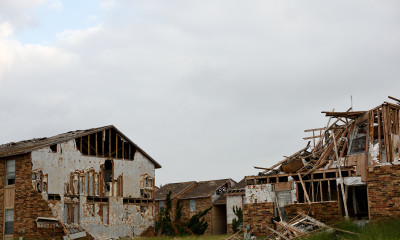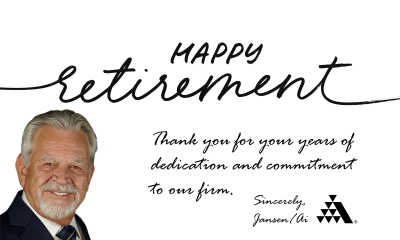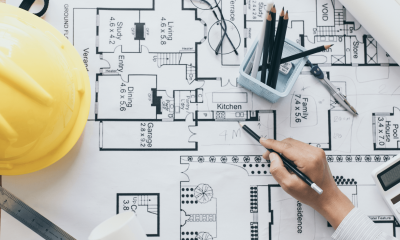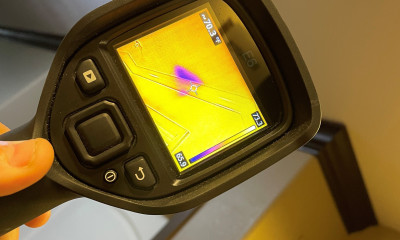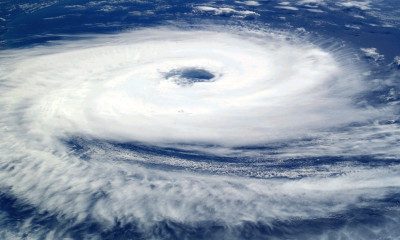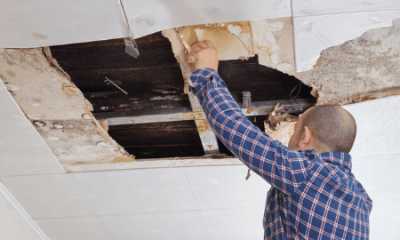Should You File Your Own Claim for Indirect Property Damage?
Property damage is often unexpected and certainly causes financial and emotional stress. Today, we’re addressing situations where your property is damaged as the result of your neighbor’s disaster. In such cases, most people look to their neighbor’s insurance to cover their damage. But is this the best approach?
Imagine a situation where, for example, your neighbor’s house suffers from a large fire, and the side of your house that faces the neighbor's is damaged. Or, say you own an apartment unit, and the apartment above you floods, causing damage to your ceiling, walls, or other parts of your unit. It might make sense at first to turn to your neighbor’s insurance company to cover your losses. However, filing your claim with your insurance carrier could be more beneficial in the long run.
Our insurance experts at Jansen/Adjusters International have helped property owners with their property damage insurance claims for over 40 years. So, let’s break down and discuss some factors to consider when it comes to third-party property (or liability) claims.
1. Actual Cash Value
In most third-party cases – where you are filing a claim with your neighbor’s insurance company – your compensation is determined by using your property's actual cash value (ACV) rather than replacement cost. This means that the cost of whatever was damaged is determined by taking the item’s market value and subtracting depreciation. Replacement cost, on the other hand, is the amount of money the owner must spend to replace the damaged property with one of the same or like value. ACV tends to award a significantly lower payout, a major consideration for deciding which insurance policy to engage.
2. Policyholder Rights
When filing a claim through someone else’s insurance policy, you do not have the same rights as you would with your insurance company's first-party claim. This means, in the example of a neighbor’s house fire damaging your house, all discussions of the claim will be between the neighbor and the insurance company. You would have less say in the result of your claim, and, if you decided to dispute the claim or settlement, you would have to take legal action. Filing a claim under your own policy allows you to use a public adjuster who would advocate on your behalf and negotiate with your insurance carrier to secure fair and just compensation.
3. Deductibles
Property owners often hesitate to file a claim with their insurance carrier after experiencing indirect property damage because they worry the claim will impact their deductible. While this is probably true in the beginning of a claim, it is likely your insurance company will be able to recover all or most of your deductible through subrogation.
Subrogation occurs when your insurance company pays for the damage and then works to recoup its expenses from the at-fault party's insurer. Going back to the neighbor’s house fire example: your insurance provider would negotiate with your neighbor’s insurance company to cover your settlement. In the example of an apartment above your unit flooding, if it turns out the flood was caused by a faulty dishwasher pipe for example, the insurance company would pursue the dishwasher manufacturer to reimburse them for the claim. Similarly, if they found out your neighbor’s fire was caused by a faulty electrical breaker, you and your neighbor’s insurance companies would negotiate with the electrical company. This process may take a while, but it is the best bet for getting your deductible covered.
4. Claims History and Premiums
Many also worry that filing a claim with their insurance company will add to their claims history and raise their premiums. In our opinion, this is the one piece of the puzzle someone filing this type of claim shouldn’t worry about. While it will add to your claim’s history, you often need multiple claims in a multiple-year period for it to affect your premiums. In terms of adequate settlement for the property damages suffered, the positives of the coverage available under your own policy often far exceed what is available from a claim against another’s policy. Some of the coverage may include replacement costs, code upgrade and other extended coverages. It is also possible to seek coverage for items not covered under a first-party policy against another’s liability policy. Many times, the decision of which method to take requires an analysis to be completed by a public adjuster who can outline what is covered under a first-party policy versus what is not covered.

